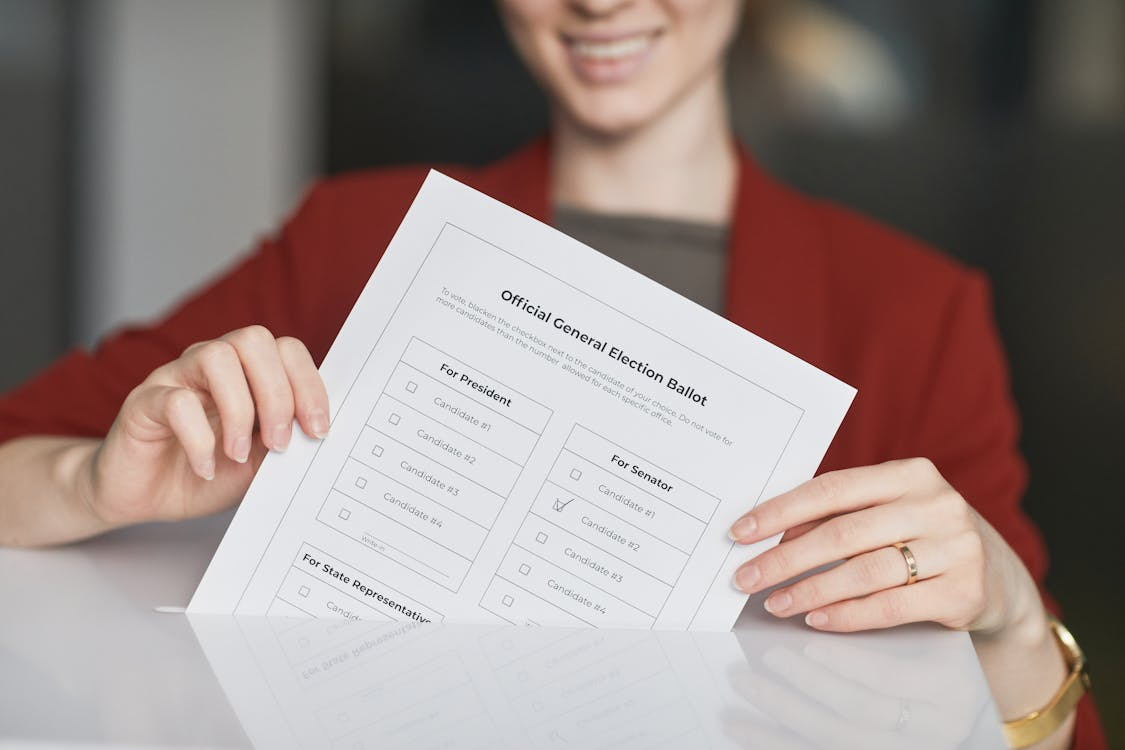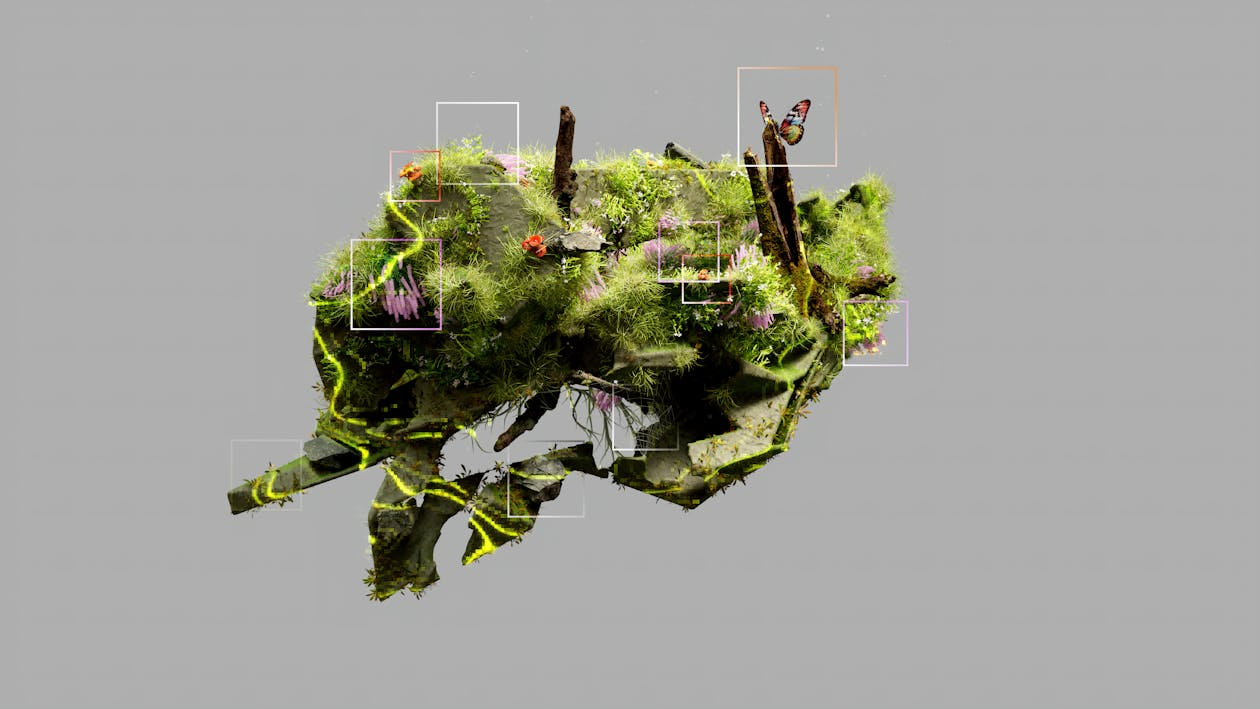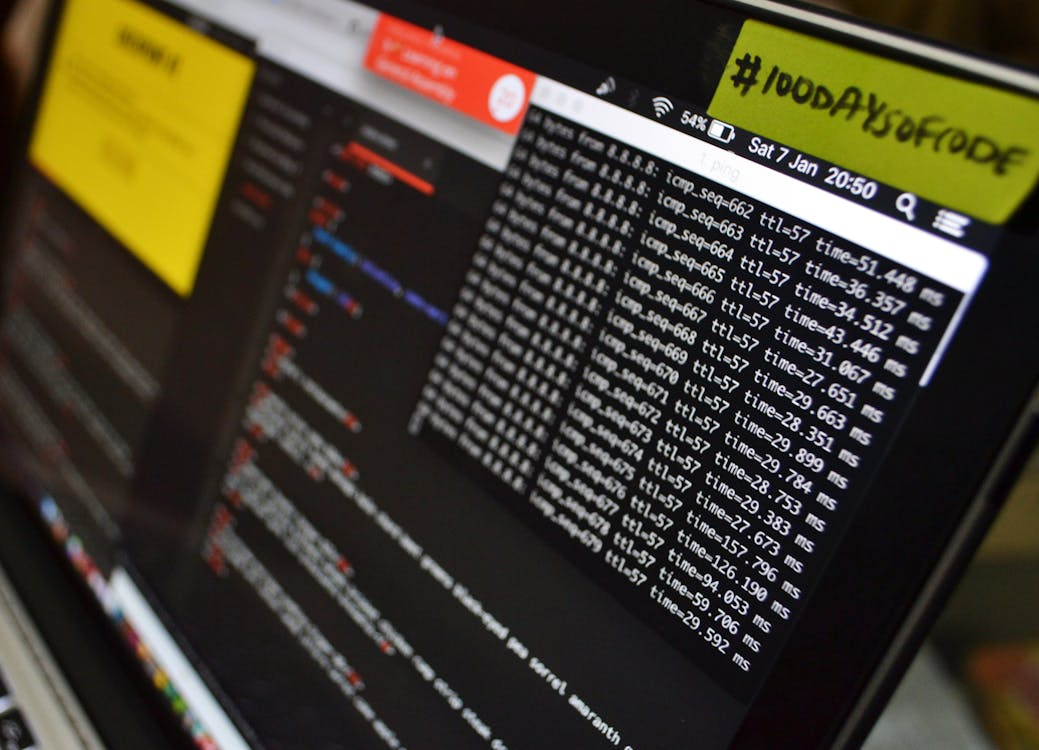As businesses push content across borders at an unprecedented pace, the rise of automation in localization has become both a boon and a battleground. We're talking about a field where AI tools now handle everything from initial translations to cultural tweaks, yet they often stumble on the nuances that make communication truly effective. Consider this: the global localization industry hit $71.7 billion in 2024 and is on track to climb to $75.7 billion by 2025, driven largely by automation technologies. But with that growth comes a host of hurdles that could derail even the most ambitious global strategies if not addressed head-on.
Let's break it down. Automation, powered by neural machine translation (NMT) and generative AI, promises speed and scalability. In the gaming sector alone, where localization can boost player engagement by adapting dialogues, interfaces, and storylines to local cultures, automation has helped indie developers reach audiences they once couldn't afford to target. Yet, as we move deeper into this post-era—where AI isn't just a tool but a core workflow component—the challenges are sharpening. These aren't abstract worries; they're real issues that companies face daily, from tech giants to niche service providers.
One major automation localization challenge lies in cultural adaptation. AI excels at literal translations, but it often misses the idiomatic expressions, humor, or sensitivities that vary wildly between regions. Take a game like a fantasy RPG: an automated system might translate a character's witty banter word-for-word, stripping away the cultural references that make it resonate in, say, Japanese or Brazilian Portuguese markets. Statistics bear this out—86% of localized advertising campaigns see increased revenue and engagement, but only when done right, highlighting the pitfalls of over-reliance on machines. Without human oversight, these oversights can lead to backlash, as seen in past cases where poorly localized content offended audiences and tanked sales.
Then there's the accuracy conundrum, especially in certified translation scenarios. Legal documents, medical instructions, or corporate certifications demand precision that's verifiable and legally binding. AI-generated outputs can introduce biases from training data, fabricating details or altering meanings in subtle ways that evade detection. In the post-era, where AI handles initial drafts, this risk amplifies—think of a certified contract translation where a misplaced nuance could void an agreement. Data from industry reports shows that while AI cuts costs by up to 50% in preliminary stages, error rates in complex texts can hover around 20-30% without post-editing. For games, this translates to buggy subtitles or mismatched voice-overs that disrupt immersion, potentially reducing player retention by as much as 15% in non-native markets.
Quality assurance adds another layer of complexity. Automated QA tools flag issues like inconsistencies or formatting errors, but they generate false positives that overwhelm teams, leading to "alert fatigue." In a fast-moving industry like gaming, where updates roll out weekly, this can delay releases and frustrate developers. Broader trends point to a 5.6% annual growth in the language services market, yet automation's integration remains uneven, with many firms struggling to balance speed and reliability.
Scalability versus customization is yet another sticking point. Automation shines in high-volume tasks, like localizing e-commerce sites or social media posts, but it falters on bespoke needs. For instance, certified translations for regulatory compliance in healthcare or finance require human experts to ensure adherence to standards like ISO 17100. As AI evolves, the game localization market—valued at $2 billion in 2023 and projected to hit $4.1 billion by 2032—illustrates this tension, with automation enabling real-time updates but often at the expense of depth.
So, how do we navigate these automation localization challenges? The key is adopting forward-thinking certified translation strategies that blend technology with human insight. Here's a practical list of adaptation approaches, drawn from emerging best practices and real-world examples:
Hybrid Workflows with Machine Translation Post-Editing (MTPE): Start with AI for rough drafts, then loop in certified linguists for refinements. This cuts turnaround times by 40% while maintaining accuracy. In gaming, companies like those behind hit titles use MTPE to localize scripts, ensuring cultural fits without starting from scratch.
AI Training on Domain-Specific Data: Customize models with industry datasets to reduce biases. For certified translations, this means feeding AI with verified legal or medical corpora, improving output reliability by up to 25%. A game service provider might train AI on fantasy genre dialogues to better handle lore adaptations.
Automated QA with Human Veto Loops: Implement tools that prioritize high-confidence flags, but always include expert reviews. This addresses false positives and ensures compliance in certified scenarios, as seen in platforms scaling global content without quality dips.
Cultural Auditing Protocols: Embed checkpoints for cultural reviews early in the process. For games, this could involve beta testing with native players, boosting engagement metrics by 20% in localized versions. Certified translations benefit similarly, with audits preventing costly revisions.
Invest in Upskilling and Tools Integration: Train teams on AI co-piloting, focusing on creative oversight rather than rote tasks. Projections for 2025 show agentic AI handling routine work, freeing humans for strategic roles. In the game space, this means developers partnering with localization pros for seamless integrations.
Looking ahead, these strategies position businesses to thrive in a post-era defined by smarter, more collaborative automation. By 2032, the translation market could reach $96.21 billion, fueled by such innovations. The winners will be those who view AI not as a replacement but as an enhancer, particularly in high-stakes areas like certified translations and immersive game services.
For organizations tackling these shifts, partners with deep expertise make all the difference. Take Artlangs Translation, a firm that's honed its craft over years, mastering translations in over 230 languages while specializing in video localization, short drama subtitles, game adaptations, and multilingual dubbing for audiobooks. Their track record of standout cases underscores how seasoned experience turns automation's potential into polished, market-ready results.











